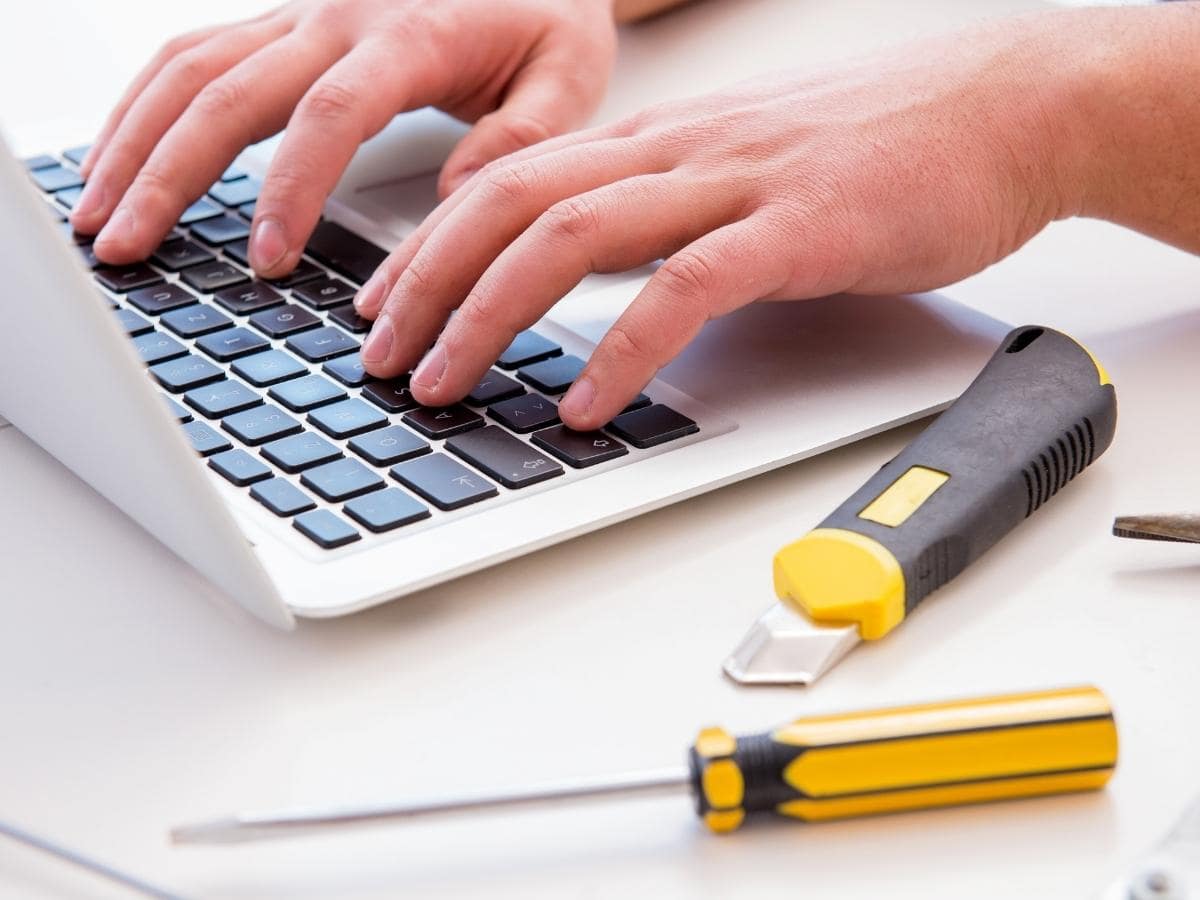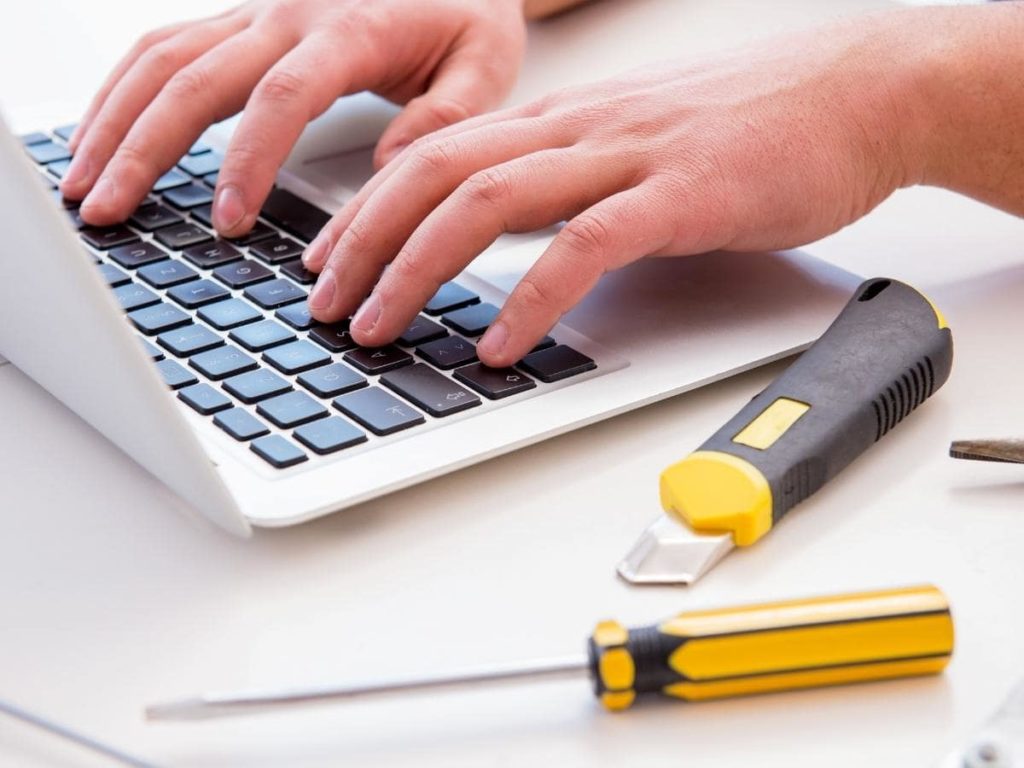
How to Fix It When Your Laptop Won’t Turn On
If your laptop won’t turn on, you may want to know how to fix it. First, you should check your laptop’s AC adapter. Make sure it’s plugged into an electrical outlet, and check for any damage or corrosion. If it does, you should replace the adapter. Lastly, check your laptop’s display for a faint image. If it doesn’t show any image at all, it is likely the screen inverter is at fault.
If your laptop won’t turn on even after you have entered safe mode, it could be that your computer’s CMOS battery is dead. The CMOS battery stores important information, including BIOS settings. Replacing the battery could solve the problem. If the CMOS battery is not causing the problem, you can try replacing it with a new one. If the problem persists, try installing a fresh copy of Windows or your OS.
Another cause of the problem could be the power adapter. The laptop’s battery might be damaged, causing it to not receive power from the wall. In this case, you can replace the battery or the power brick. If this doesn’t work, you may have to replace the motherboard. However, if your laptop has a docking station, you can try disconnecting the docking station and plugging it directly into the power cord. After connecting the power cord, you can try turning on the laptop. If your laptop is still not working, you may need to replace the battery.
The most common cause of a laptop not turning on is hardware. It may be a bad power supply, but in most cases, the problem is easily resolved by following some basic troubleshooting steps. If these fail, it’s a hardware problem. Try to remove any external devices, and you should see your computer running again. If the problem persists, try removing the battery and connecting it to a power charger.

If the power cord is the culprit, check whether it is plugged into the right outlet. It may be that the power cord is damaged, but a broken power cord will prevent your laptop from charging. If the power cord is damaged, try removing the battery and plugging it in a different one. If the power cord is fine, try charging your laptop without the charger. This will give you a more accurate diagnosis.
If this does not work, check your laptop’s power adapter. Check whether it’s plugged. The power supply should have a pilot light and an AC plug. If it’s not, replace the power cord. If the problem persists, try using another power cord or a second battery. If the laptop’s power lamp still shows some life, it’s likely that the laptop’s hardware is still recognizing the power.
If the power supply is failing, there is a good chance the battery on your laptop is defective. This can happen due to a number of reasons, including power supply failure or incorrect voltage levels. The battery may also be drained or run out of juice. Fortunately, there are a number of ways to fix laptops that aren’t turning on. Once you have checked for these problems, you should be able to use your laptop as usual.
